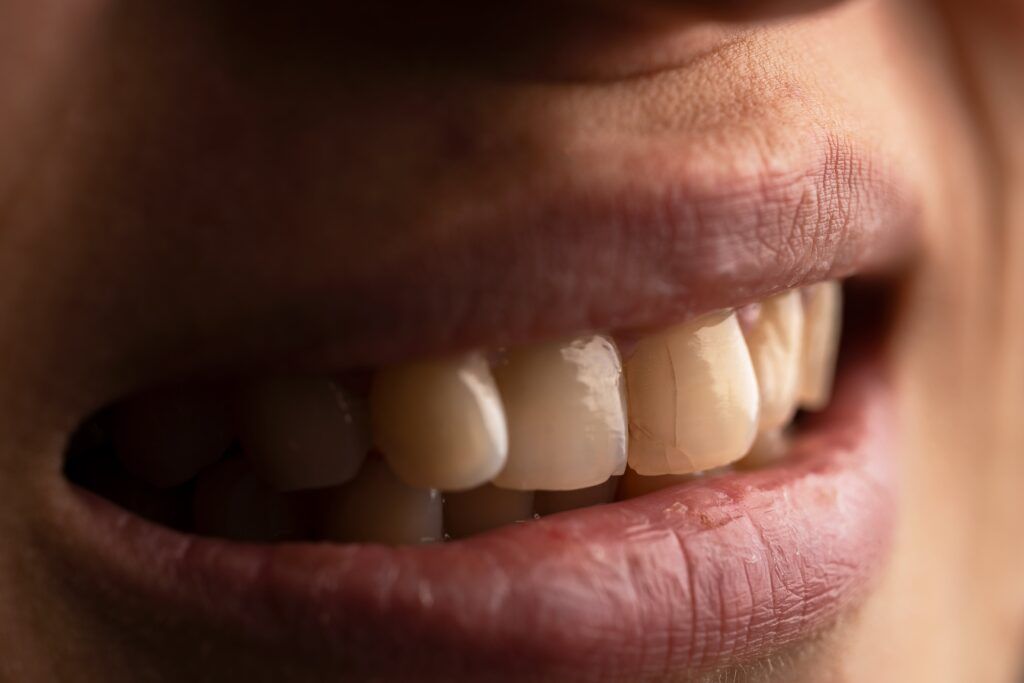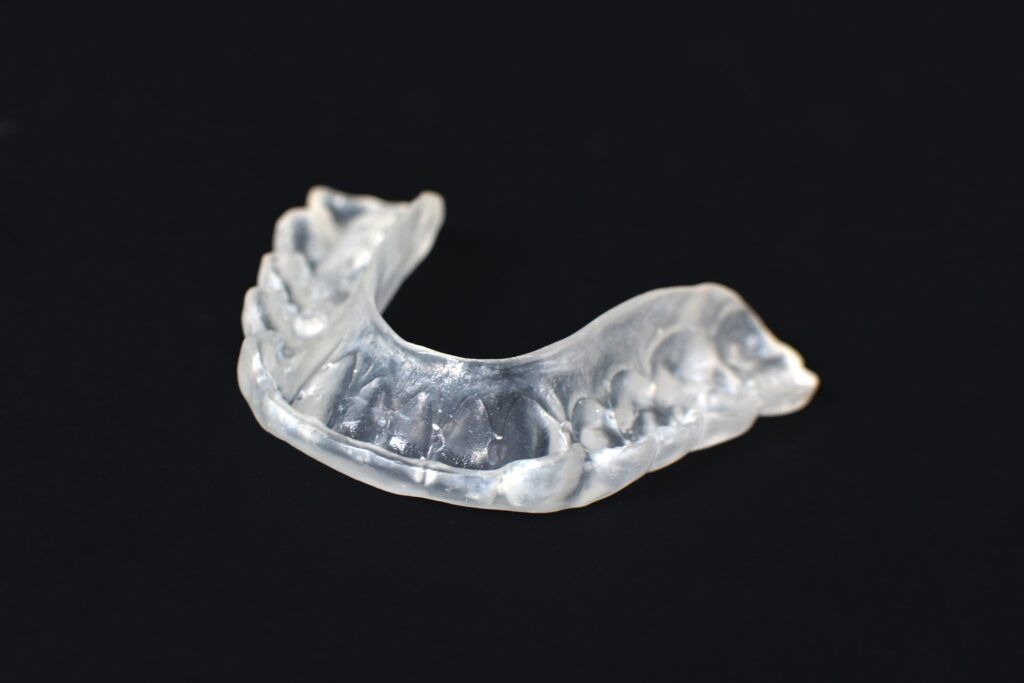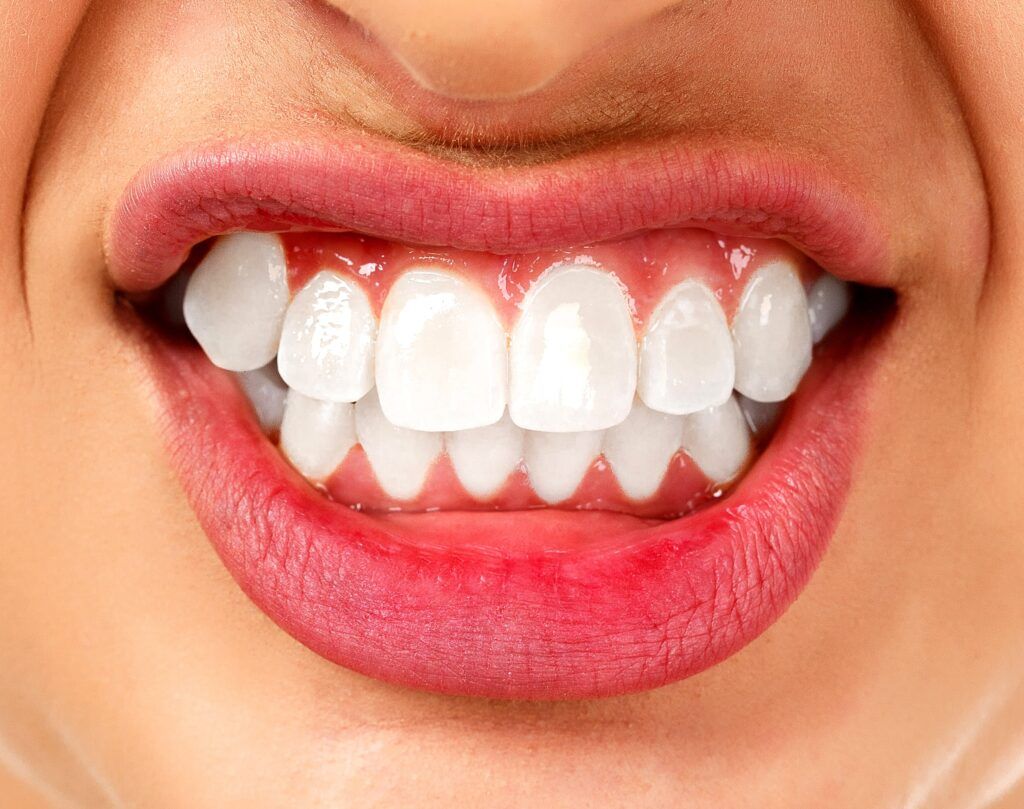A bright and confident smile can significantly impact our self-esteem and overall well-being. However, many individuals struggle with dental issues, such as bruxism, that can compromise their oral health. In recent years, dental implants have emerged as a remarkable solution for replacing missing teeth. But what happens when bruxism, the involuntary grinding of teeth, comes into play? In this blog, we will explore the relationship between bruxism and dental implants, discussing the challenges and solutions for patients facing this issue.
Understanding Bruxism
Bruxism, commonly known as teeth grinding or clenching, is a condition that affects millions of people worldwide. It can occur during the day (awake bruxism) or, more commonly, at night (sleep bruxism). While occasional teeth grinding may not pose a significant problem, chronic or severe bruxism can lead to several oral health issues, including:
- Tooth Wear: The continuous grinding can wear down tooth enamel, leading to tooth sensitivity and eventual damage.
- Jaw Pain: Bruxism can result in jaw pain, temporomandibular joint (TMJ) disorders, and headaches.
- Tooth Damage: Cracked or fractured teeth are common consequences of untreated bruxism.
- Tooth Loss: In severe cases, bruxism can lead to tooth loss, creating a need for tooth replacement solutions like dental implants.

Challenges Posed by Bruxism
Dental implants are prosthetic teeth that provide a long-lasting solution for individuals with missing teeth. They consist of three main components: the implant post, the abutment, and the crown. The implant post is surgically placed into the jawbone, providing a sturdy foundation for the artificial tooth.When a patient with bruxism considers dental implants, there are specific challenges that need to be addressed:
Implant Loosening:
Bruxism, the persistent grinding or clenching of teeth, can lead to implant loosening in dental implant recipients. This occurs due to the excessive and repetitive forces applied to the implant post, which is anchored within the jawbone. The continuous pressure and micro-movements generated by bruxism can gradually weaken the bond between the implant and the surrounding bone tissue. Over time, this can result in the implant becoming less stable, potentially leading to complications such as implant mobility and discomfort. To prevent or mitigate implant loosening in individuals with bruxism, protective measures like the use of custom-made nightguards and regular monitoring by a dental professional are often recommended to reduce the harmful impact of this condition on dental implants.
Implant Fracture:
The relentless and substantial forces exerted during bruxism put immense stress on the implant post, which is embedded within the jawbone. Over time, this excessive pressure can weaken the implant’s structural integrity, leading to microfractures or even complete breakage of the implant post. Implant fracture can result in discomfort, instability, and the need for implant replacement or revision surgery.
Crown Damage:

The crown of the dental implant, which is the visible part of the artificial tooth, can also be damaged by bruxism. The consistent and excessive pressure exerted during bruxism can lead to wear and tear on the crown’s surface, resulting in gradual degradation. Additionally, the repetitive friction and force may cause chipping or fracturing of the crown, compromising its aesthetics and functionality. Dental crown damage not only affects the appearance of the implant but can also lead to discomfort and may necessitate crown replacement.
Bone Resorption:
Bruxism can contribute to bone loss around the implant site. The continual and excessive forces applied to the implants during bruxism can result in micro-movements or instability of the implant within the jawbone. This instability can trigger a biological response in the surrounding bone tissue, causing it to slowly resorb or shrink over time. Bone resorption can weaken the support structure for the implant, potentially leading to implant mobility, discomfort, and even implant failure if left untreated.
Compromised Osseointegration:
Osseointegration is the essential bonding between the implant post and the surrounding jawbone, which provides stability and support for the implant. However, bruxism can disrupt this delicate process by subjecting the implant to excessive and repetitive mechanical stress. The constant pressure and micro-movements generated by bruxism can interfere with the bone’s ability to fully fuse with the implant, potentially leading to a weaker integration. This compromised osseointegration may increase the risk of implant failure or complications over time.
Increased Risk of Peri-implantitis:
Bruxism can cause micro-movements of the implant, creating gaps between the implant and the surrounding soft and hard tissues. These gaps can trap food particles and bacteria, increasing the risk of peri-implantitis, an inflammatory condition that affects the tissues around the implant. Peri-implantitis is an inflammatory condition that affects the soft and hard tissues surrounding dental implants. The excessive forces and micro-movements caused by bruxism can create small gaps or spaces between the implant and the neighboring tissues. These gaps can trap food particles and bacteria, providing an ideal environment for the development of peri-implantitis. If left untreated, peri-implantitis can lead to inflammation, infection, and ultimately the loss of the implant.
Solutions for Bruxism and Dental Implants
Despite the challenges, dental implants can still be a viable option for individuals with bruxism. Here are some strategies and solutions to ensure the success of dental implants in patients with bruxism:
Nightguards or Occlusal Splints:

Nightguards, also known as occlusal splints or bite guards, are invaluable tools in alleviating dental implant problems caused by bruxism. These custom-made oral appliances are designed to create a protective barrier between the upper and lower teeth, preventing direct contact during grinding or clenching episodes that typically occur at night. By doing so, nightguards effectively absorb and distribute the excessive forces exerted by bruxism, reducing the risk of damage to dental implants, including loosening, fracture, and crown damage. Nightguards serve as a cushioning layer that absorbs the impact, safeguarding both the implant and the surrounding bone and tissues. For individuals with bruxism, wearing a nightguard as prescribed by their dentist can significantly extend the lifespan and success of their dental implants, providing a comfortable and functional solution to mitigate the adverse effects of bruxism on their oral health.
Bite Adjustment:
Bite adjustment, also known as occlusal adjustment, is a valuable technique to reduce the stress and pressure on dental implants caused by bruxism. When a patient with bruxism exhibits an uneven bite or malocclusion, it can exacerbate the impact of grinding and clenching on the implants. Through careful evaluation and adjustment of the patient’s bite, a dentist can create a more harmonious occlusion, ensuring that the forces applied during bruxism are distributed more evenly across the teeth and implants. By achieving a balanced bite, bite adjustment helps mitigate the excessive forces on specific areas and reduces the risk of implant damage, such as implant loosening or fracture. This approach not only enhances the longevity and stability of dental implants but also promotes overall oral health and comfort for individuals dealing with bruxism.
Regular Monitoring:
Regular monitoring is of paramount importance for patients with dental implants who also experience bruxism. Bruxism can exert relentless forces on dental implants, potentially leading to various complications over time. Routine check-ups with a dental professional allow for early detection of any issues, such as implant loosening, crown damage, or compromised osseointegration, which can be addressed promptly before they escalate into more severe problems. Dentists can assess the condition of the implants, evaluate the bite, and recommend necessary adjustments or interventions to safeguard the implants and surrounding oral structures. By maintaining a proactive approach through regular monitoring, patients can ensure the long-term success and durability of their dental implants despite the challenges posed by bruxism, ultimately preserving their oral health and quality of life.
Proper Implant Selection:
The importance of proper implant selection cannot be overstated for patients with bruxism. Dental implants intended for individuals with bruxism should be chosen with careful consideration of their strength, design, and materials. Opting for robust implant materials and designs that can withstand the excessive forces generated during bruxism is essential. Titanium implants, which are known for their durability and biocompatibility, are often preferred. Additionally, selecting implants with a suitable diameter and length is crucial to ensure they can provide adequate stability and support, even in the presence of bruxism. By choosing the right implants tailored to the specific needs of patients with bruxism, dental professionals can significantly enhance the chances of implant success and longevity, minimizing the risks of implant loosening, fracture, or other complications associated with this condition.
Treating Bruxism:
Treating bruxism is of utmost importance for individuals with dental implants. Bruxism, the persistent grinding or clenching of teeth, exerts excessive and repetitive forces that can jeopardize the integrity of both the implants and the surrounding oral structures. Addressing the root cause of bruxism through appropriate treatments such as stress management techniques, orthodontic adjustments, or muscle relaxants is crucial. These interventions not only alleviate the symptoms of bruxism but also reduce the detrimental impact it can have on dental implants. By effectively managing bruxism, patients can protect their investment in dental implants, ensuring their long-term success and preserving the beauty, functionality, and comfort of their smiles. Dentists can play a pivotal role in diagnosing and treating bruxism, collaborating with patients to create a comprehensive plan that combines the benefits of dental implant technology with the necessary measures to mitigate the challenges posed by bruxism.
Conclusion
Dental implants offer a lifelike and durable solution for individuals with missing teeth, even in cases of bruxism. With the right precautions, such as nightguards and regular monitoring, patients with bruxism can enjoy the benefits of dental implants without compromising their oral health. If you’re considering dental implants and have bruxism, consult with an experienced dentist who can create a customized treatment plan to ensure your smile remains strong, beautiful, and healthy. Remember, a confident smile can be a lifelong asset, and dental implants can help you achieve it.

